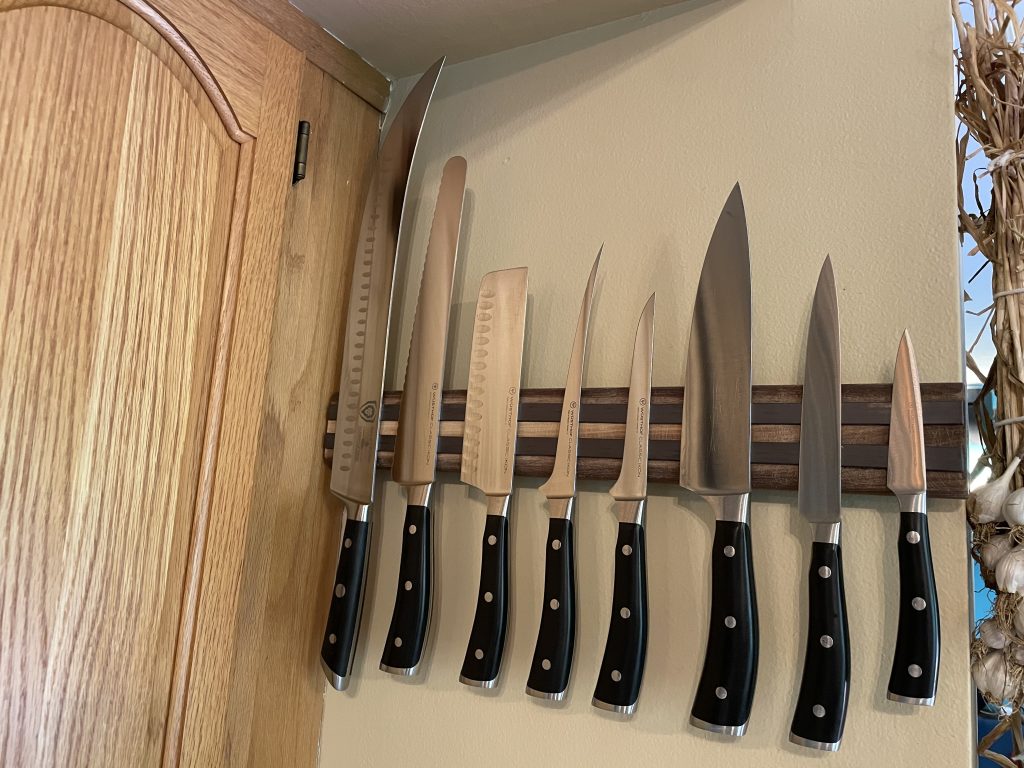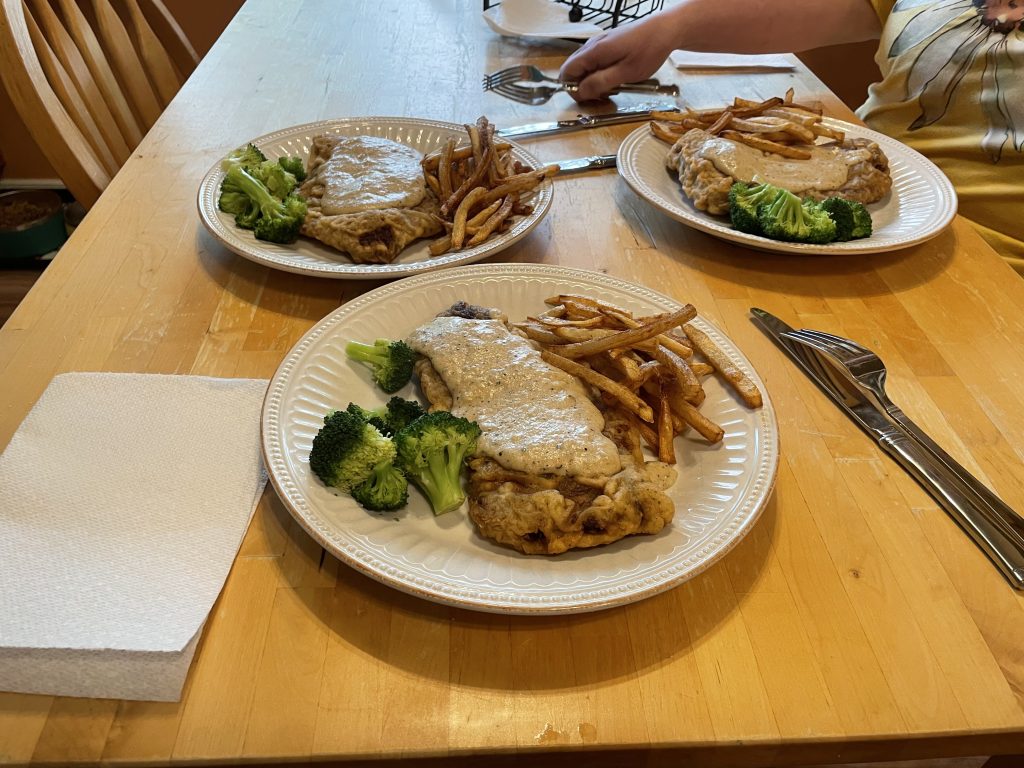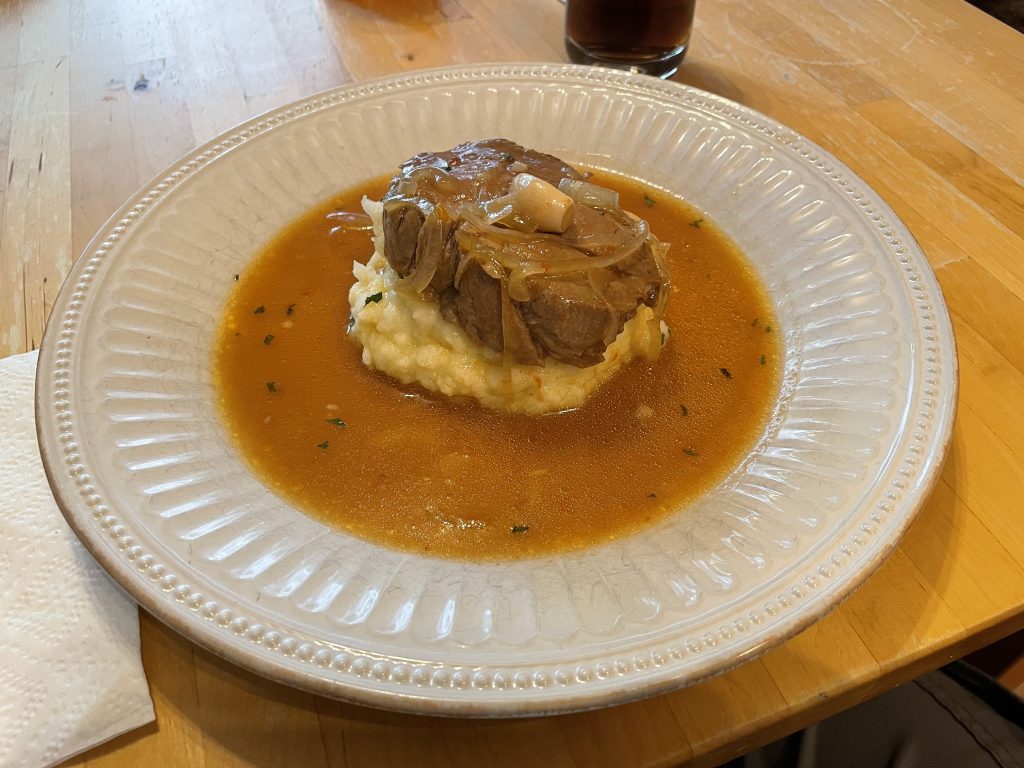I wanted a knife. A bigass noif, if you will. Because I buy vacuum-packed whole primals and break them down. Why? Well, if you can afford the upfront cost, it’s cheaper long term. I also like the flexibility of determining the size of my cuts (sure, I could ask a butcher to cut me something exact, but that’s a bother for both of us). And lastly, I enjoy the opportunity to maintain certain butchery skill sets.
But, I am an anomaly. No one puts themselves through such tasks voluntarily, even if they possessed the skill sets. Consequently, it was somewhat difficult to find the type of knife I was after. I could have gone to commercial knife vendors, but I also wanted a knife that looks nice. No wide-gripped nonslip ugly white plastic polymer handles for me! Something elegant please.
Alas, Wüsthof does not make such a blade in their Classic Ikon set (the design that I prefer). What’s a former part-time professional meat cutter/deli clerk to do?
Fortunately, Dalstrong makes a design that’s very close. I don’t like the steel as much, and the handle doesn’t quite match, but it’s close enough and I can live with it, despite the hokey marketing-ism terminology they so love (“Lionshield treatment”?).
And it comes with a pin! So I can wear a badge of honor that I was able to fork over $139, I guess. It kind of reminds me of those plastic captain’s pins they used to give out to kids on airlines. I also get stickers with some products. I guess we all need a little bit of psychological validation these days?
Anyway, so here we have it with the Wüsthofs:

Close.
It’ll work.
–Simon





